After a simple flashy-LED kit's worth of practice, through-hole soldering is fairly straightforward. What I'm still having trouble with is wire-to-pad and wire-to-wire soldering.
The first problem is keeing stuff still. Blu-tac helps but gets melty, and I've never used a "third hand" that was worth a damn. Is it worth paying more for a better one? Any other tips?
My particular application is soldering 0.1" SIL sockets to flat flex cable (me again!). Would solder paste and the heat gun attachment on my butane iron work well?

